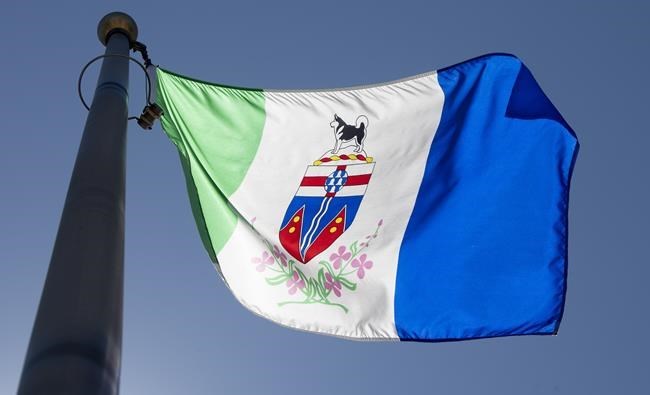WHITEHORSE — The remote fly-in community of Old Crow in Yukon has been ordered evacuated due to a weather change that increases the risk of wildfires.
The Vuntut Gwitchin First Nation government says it issued the order as a precaution due to winds from the north and northeast that are expected to "significantly increase" in the next two days.
The community of approximately 250 people, located about 800 kilometres north of Whitehorse, has been under an evacuation alert since Aug. 3 because of several wildfires burning nearby.
Diana Dryburgh with the territorial emergency measures organization, says Air North — an airline partially owned by the First Nation — will be flying residents to Inuvik in small aircraft before a larger plane can fly them on to Whitehorse.
Old Crow is the second Yukon community to be recently placed under an evacuation order.
Mayo, about 400 kilometres north of Whitehorse, was ordered evacuated on Sunday due to the nearby Talbot Creek fire.
The Yukon government lists 138 fires burning in the territory.
In British Columbia, the Donnie Creek wildfire, one of the province's largest-ever blazes, has been downgraded from a "wildfire of note."
Sharon Nickel, a fire information officer with the Prince George Fire Centre, said Wednesday that favourable weather and rainfall coupled with suppression activities caused the fire service to reclassify the blaze, but it is still considered out of control.
"We certainly expect to see it remain on the fire map for quite some time," Nickel said. "With the continued favourable weather and crews being able to get out and really work on sections of the fire that were previously of high concern, now it's just kind of a maintenance piece.
"That's definitely something to be positive about."
In the fire zone near Burns Lake, B.C., the wildfire service said Wednesday that half a dozen blazes are now classified as being held.
The wildfire service is currently dealing with more than 400 fires burning in the province.
All evacuation orders have now been lifted around Osoyoos in southern B.C., where a wildfire burned to its doorstep late last month after jumping the border from Washington state.
The Regional District of Okanagan-Similkameen also rescinded its state of local emergency related to the nearly 71-square-kilometre Eagle Bluff wildfire just west of Osoyoos.
More than 130 properties in or around the southern Okanagan community have been evacuated since the fire jumped the border on July 29, but the orders have been eased as the BC Wildfire Service says the blaze is no longer likely to spread.
Evacuation orders have been downgraded to alerts and the regional district says homes that were previously on alert are cleared of further restrictions.
At the height of the emergency, evacuation orders covered more than 700 properties while 2,000 more were on alert as strong winds blew the fire toward Osoyoos, but a shift in winds the next day veered flames away from the town.
This report by The Canadian Press was first published Aug. 9, 2023.
The Canadian Press



